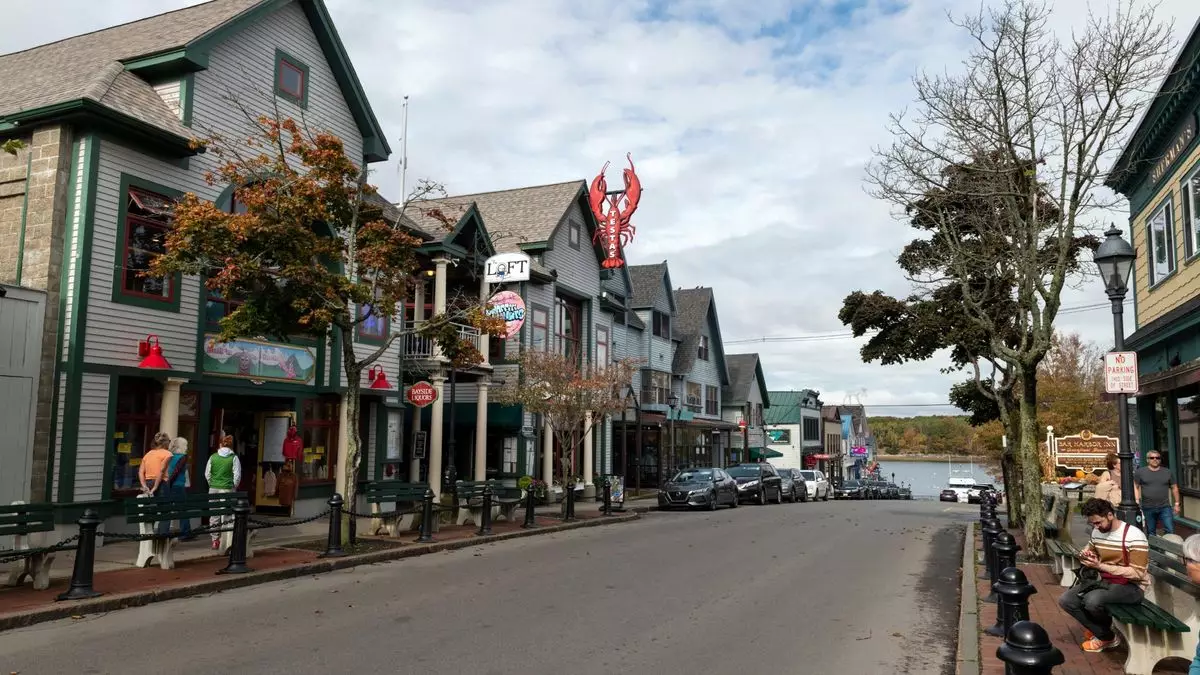In Bar Harbor, Maine, a pertinent issue regarding the management of cruise ship tourism is set to unfold in November, as residents prepare to vote on whether to uphold or rescind a previously enacted limit on daily cruise passengers. This debate carries significant implications for the local economy and community life, as it encapsulates a broader tension between residents’ desires for a more sustainable tourism environment and businesses reliant on visitor influx.
Background: The 1,000-Passenger Limit
The limit of 1,000 daily cruise passengers, established in a 2022 referendum, was designed to mitigate overcrowding during peak tourist seasons. Prior to this, Bar Harbor had variable caps influenced by the season, which allowed up to 5,500 cruise passengers on certain summer days. However, the 1,000-passenger threshold not only significantly restricts the operations of larger cruise lines but also raises questions about how such limitations impact the local economy—especially given that many businesses operate primarily with tourist revenue. The town council’s proposal for a new limit of 3,200 passengers reflects persistent concerns about balancing economic vitality with the quality of life for residents.
The legal battles surrounding these restrictions have further complicated the matter. Following the approval of the 1,000-passenger cap, businesses reliant on cruise tourism engaged in litigation against the measure, claiming it threatens their livelihoods. While a U.S. District Court upheld the cap, allowing it to take effect in March, the existing cruise line schedules still reflect a future influx of passengers—those reservations made before the referendum will be grandfathered in, staving off immediate repercussions for businesses.
Despite these grandfathered arrangements, the town’s economy faces potential strain, given that the cap can drastically cut the number of annual visitors. In the pre-pandemic year of 2019, Bar Harbor received 250,000 cruise passengers, a number that could dwindle significantly should the town adhere strictly to the limit. This creates a conundrum for residents who seek an improvement in their living environment while grappling with the economic realities that tourism brings.
The underlying conflict in Bar Harbor brings to light wider societal debates around tourism management. Many residents express concerns about the overcrowding that large cruise ships bring, feeling overwhelmed by the season’s influx of visitors. On the other hand, local businesses, along with their employees, argue passionately that their economic survival relies on maintaining a steady stream of tourists drawn by cruise operations. This divide is emblematic of broader tensions faced by many popular tourist destinations attempting to manage growth without sacrificing the essence of their communities.
As residents prepare for the pivotal vote in November, the outcome will not only determine the future of cruise tourism in Bar Harbor but also shape the town’s character going forward. This decision encapsulates a critical balance of maintaining local culture and addressing economic pressures, and residents’ choices will reflect their prioritization of either a tranquil environment or a booming tourist economy. Ultimately, the challenge lies in finding a sustainable middle ground that honors the unique charm of Bar Harbor while allowing it to thrive.


Leave a Reply